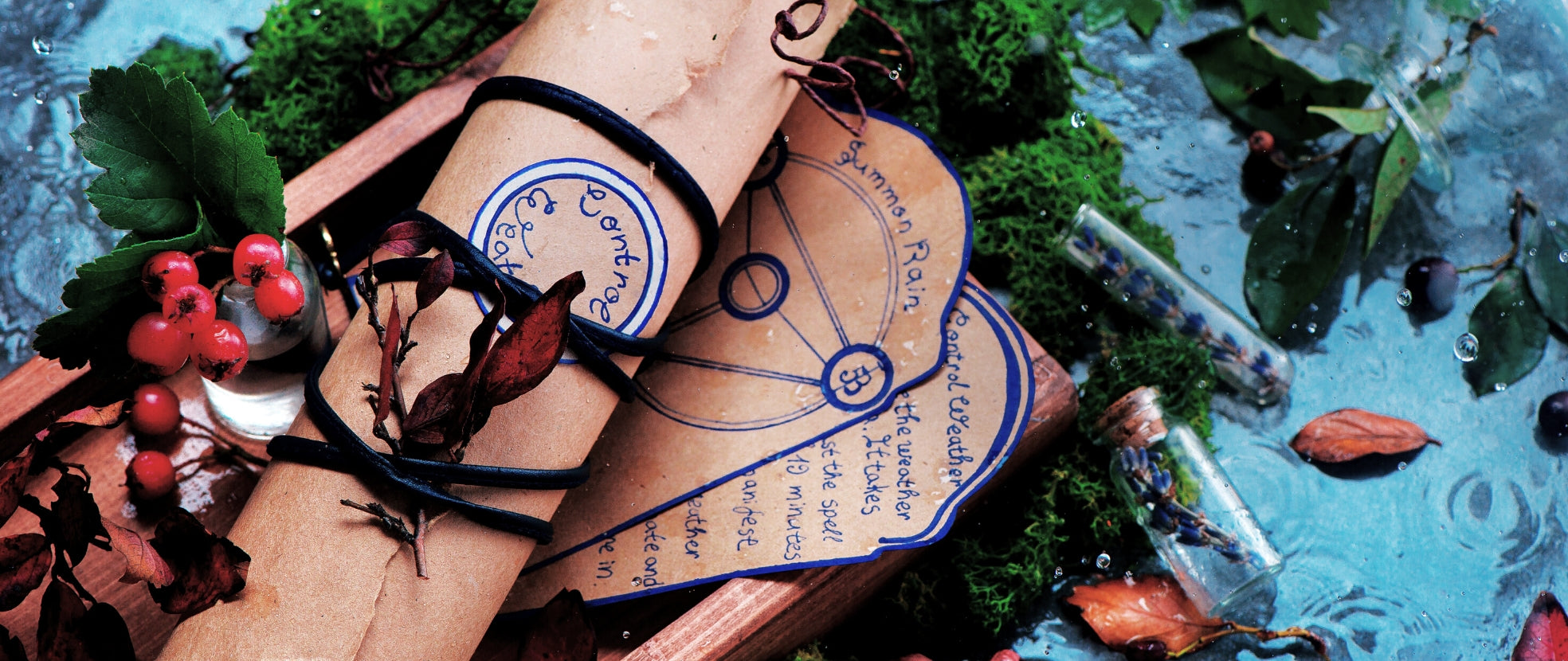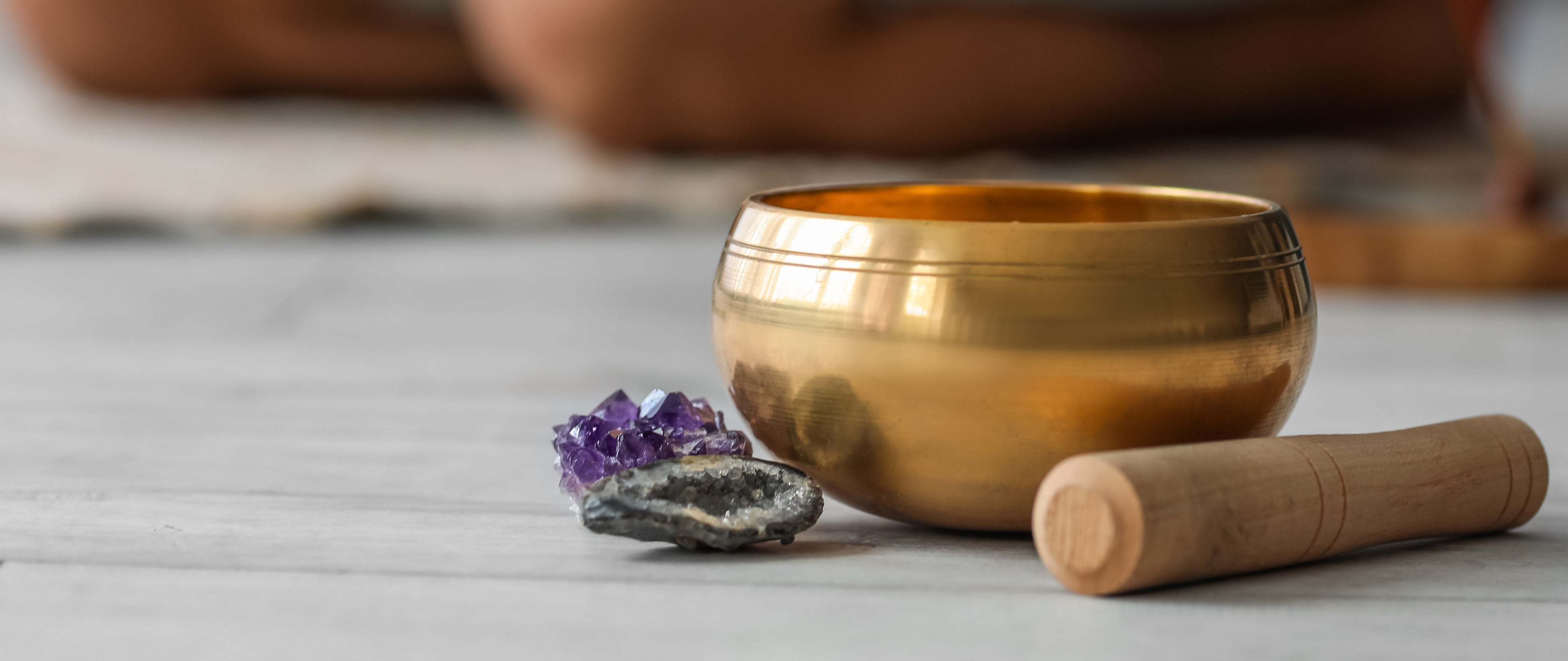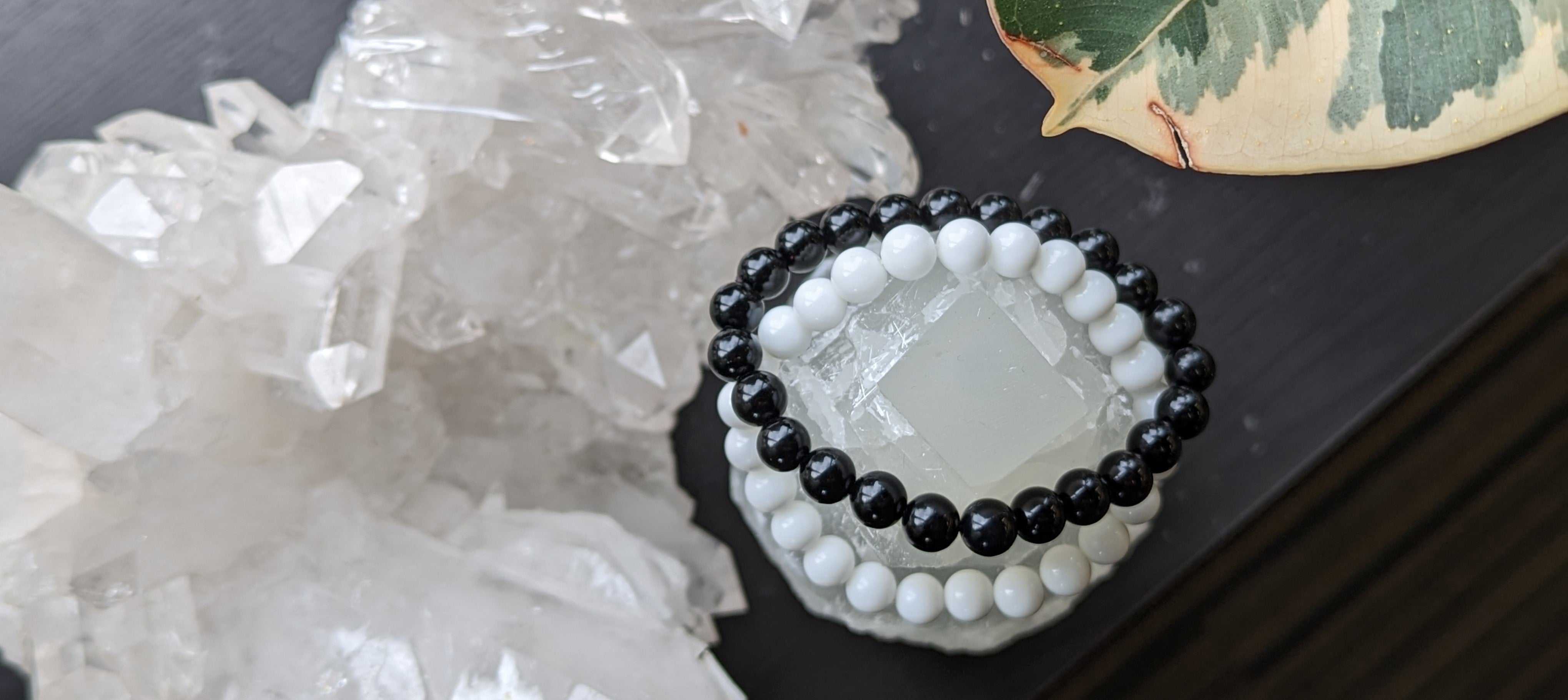A common mineral, Gypsum has been known from antiquity. It's in sedimentary environments as Alabaster (massive material), Selenite (clear crystals), and Satin spar (parallel fibrous variety). Its colour varies from colourless to brown, greenish, reddish, yellowish, gray, and white. Faceted Gypsum stones are rare because they are quite challenging to facet due to its perfect cleavage. Some of the largest deposits of high-quality Gypsum are in Canada, the United States, and Mexico.
The Physical Properties of Gypsum
Widely mined and used as the main constituent in many forms of wallboard, blackboard, and plaster and as a fertilizer. Gypsum is a soft sulphate mineral with a value of 2 on the Mohs scale of hardness.
Alabaster “ an ornamental stone used in exquisite carvings for eons
Satin spar “ this Gypsum variety has a satin-like look thanks to its fibrous crystals
Selenite “ the transparent and colourless type that has a moon-like glow and shows a pearl-like lustre
Gypsum crystals can be quite large, transparent and colourless, and are natural insulators. They feel warm to the touch when compared to quartz or ordinary rock crystal, and sheets of clear crystals can be peeled from a larger piece quite smoothly.
The History of Gypsum
Gypsum got its name from the Greek word “ Gypsos “ which means plaster. In Mesopotamia, Ancient Egypt, Ancient Rome, the Byzantine Empire, Medieval England and other cultures, Alabaster was used for sculpture. The largest Gypsum deposit on the planet is New Mexico (White Sands National Monument) with over 275 square miles of Gypsum dunes. A version of dehydrated Gypsum that hardens after adding water is known as plaster of Paris. In the mid-18th century, its use as a fertilizer was investigated, and in the 19th century, Gypsum was regarded as an excellent fertilizer. Eventually, that led to the Plaster War which happened in 1820, as anxious American farmers began to smuggle it. **
The Lore of Gypsum
Gypsum is thought to be a bringer of light and is said to be the stone of mental clarity. The Alabaster stone draws people and things to you when you need them in your life, such as meeting a person who can help you in the way you need in that time and place. Selenite opens the crown chakra and helps one access higher guidance and divine consciousness, anchoring oneself to the earth. Desert Rose contacts the Mother Goddess and provides you with spiritual nourishment.
The Metaphysical Properties of Gypsum
Alabaster helps with problems such as painful joints, lack of concentration, and headaches. The one wearing it will get help in reducing unnecessary anger and unwanted negative emotions. It encourages feelings of calmness and peace, making you more flexible in decision-making. Alabaster stimulates Sacral Chakras and Baset Chakra.
Satin Spar is thought to regulate female menstrual cycle and hormones, and ease migraines caused by PMS. Also, it is a calming stone when one feels stressful or gives your energy if you are lethargic. It also enhances skin health and promotes bone growth.
Selenite brings deep peace which is why it is perfect for meditation work. By placing stones at the corners of the house, one can set up a protective grid around it to create a safe environment. If there are any issues that you need to fix or lessons to learn, Selenite will show you that. It will clear confusion and help your judgment by allowing you to see the clear picture. Selenite promotes flexibility, aligns the spinal column, and wards off epileptic seizures.
Desert rose enhances feelings of safety, security, and understanding that everything is well. It provides support for breastfeeding mothers with lactation problems. If there is deliberate programming that you don't need anymore, the desert rose will help dissolve it.





